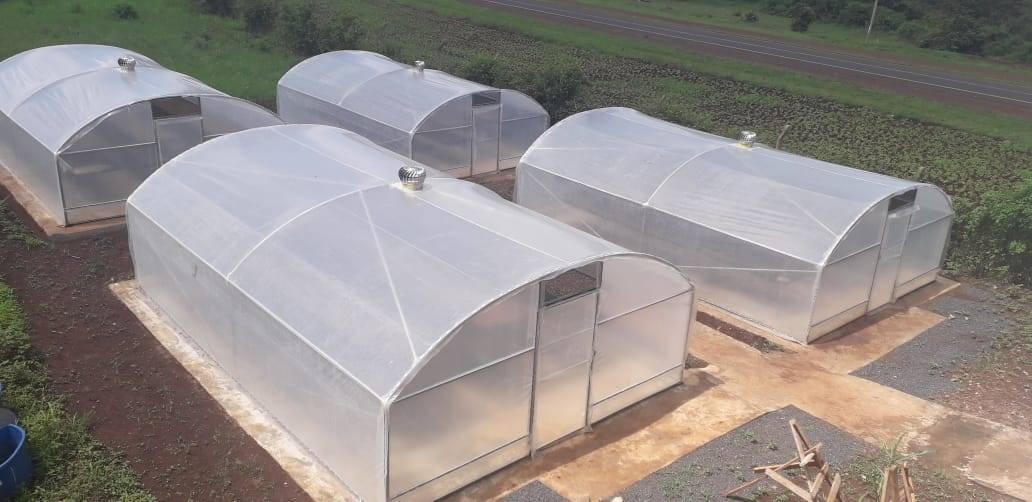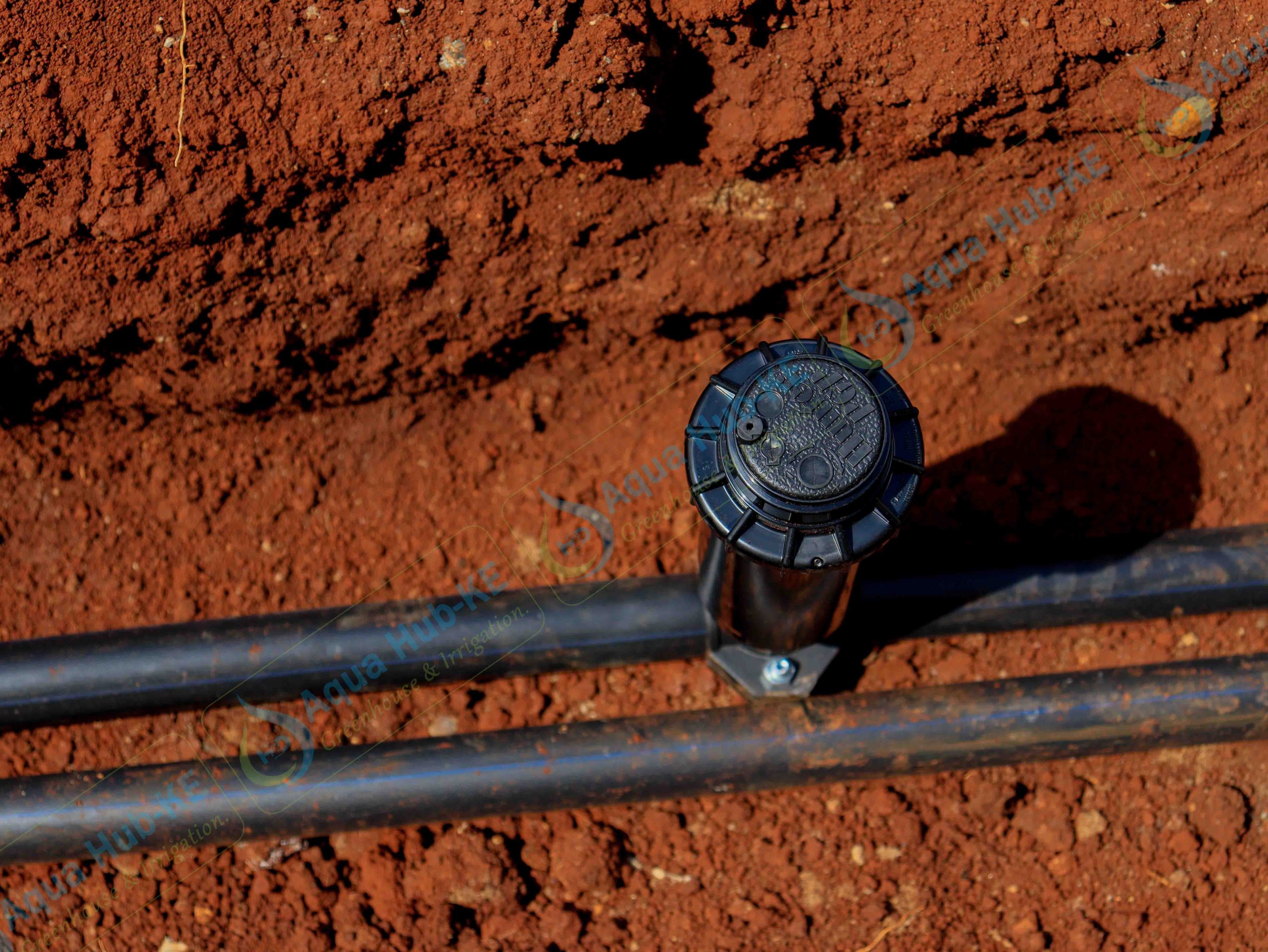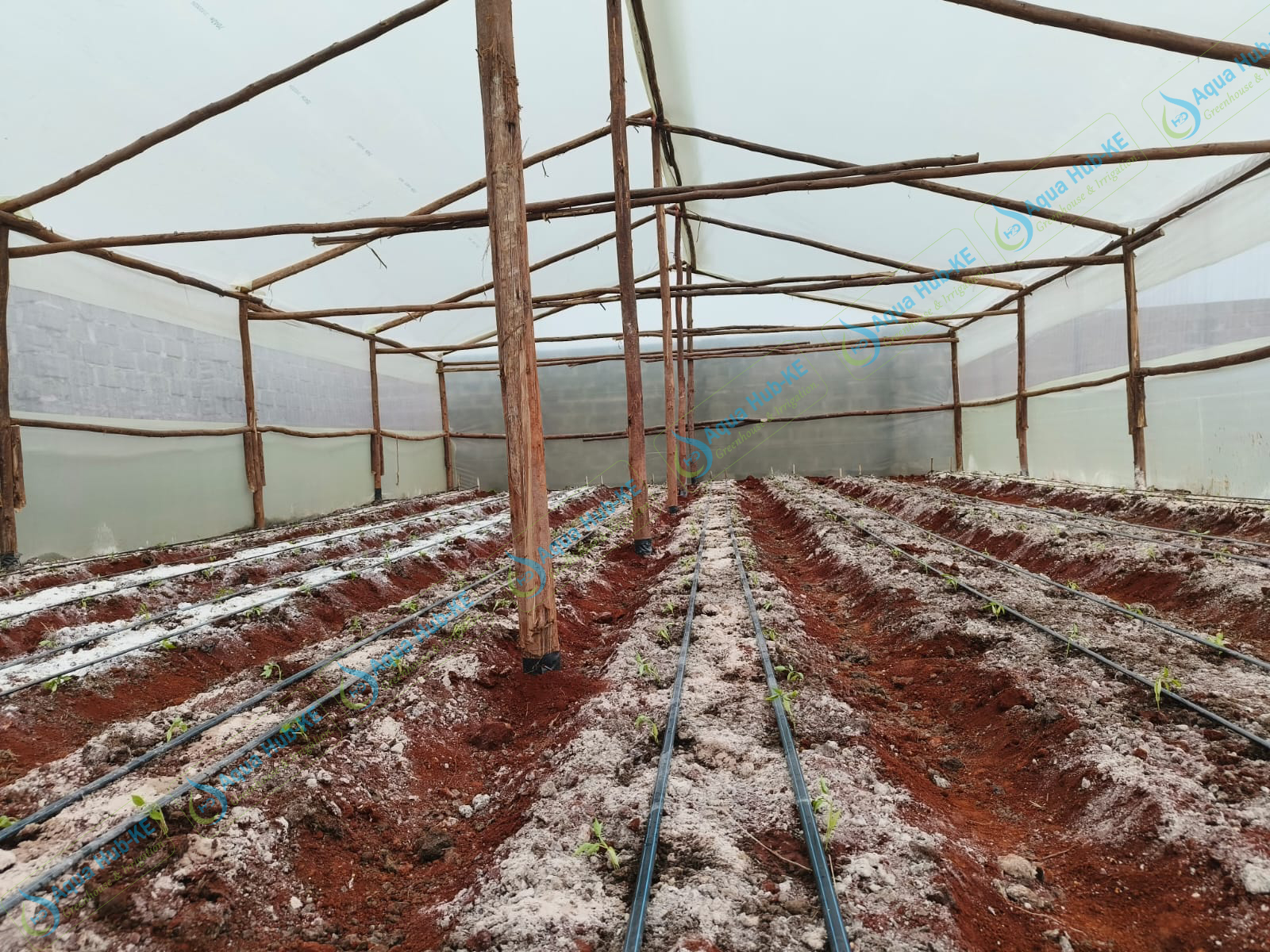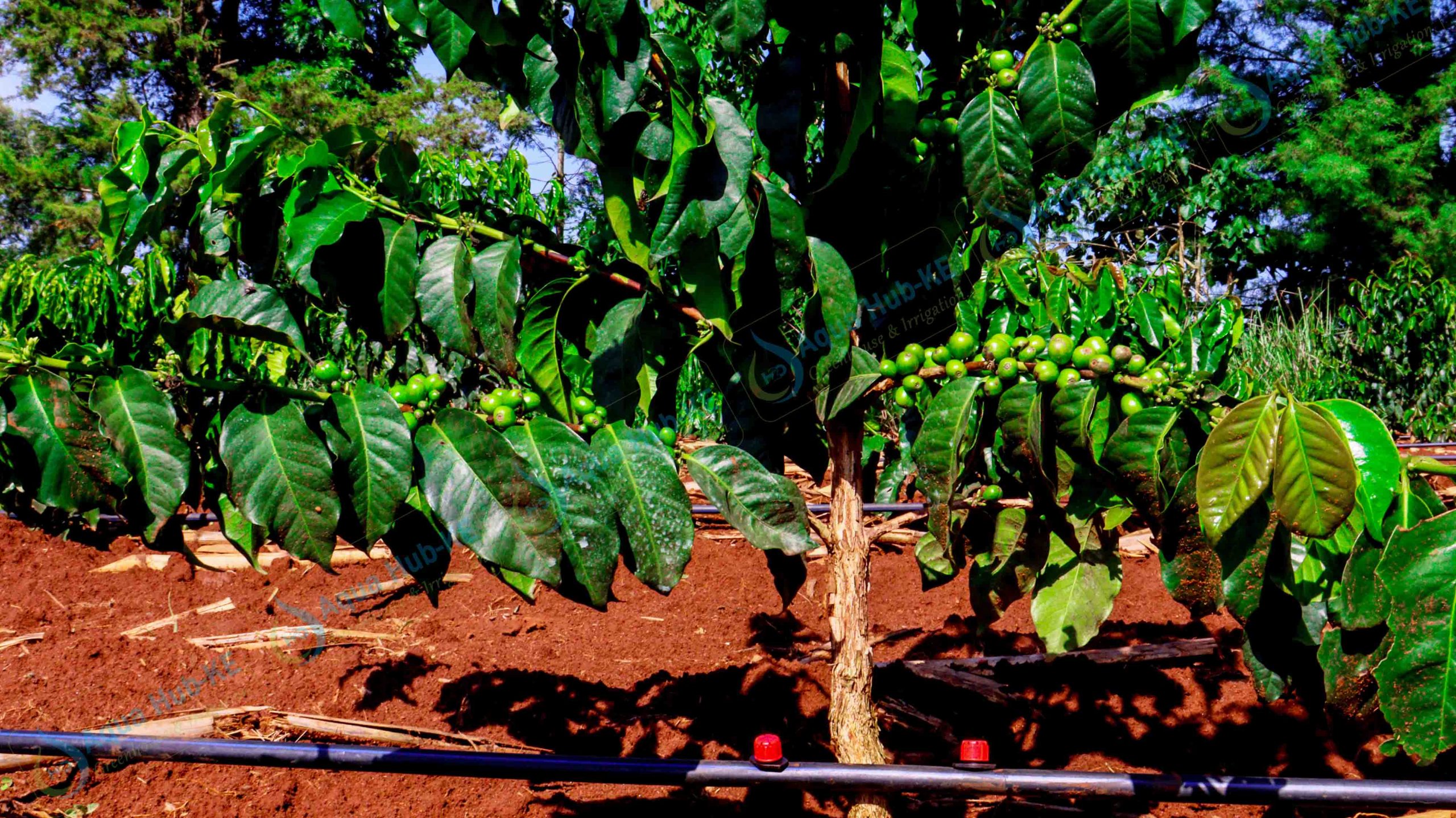Coffee Solar-Dryers by Aqua Hub for coffee and other food products are cost-effective and efficient for all sizes. We help farmers decide on the best size, where to construct it and the actual process of building it from start to completion.
Importance of Coffee Solar-Dryers by Aqua Hub
Small scale coffee farmers often consider sun drying and other methods for their produce. However, sun drying methods leave the berries with high moisture concentrations and may take many days to dry it fully. The quality of the berries dried in the sun is often poor and less valuable.
While the solar dryer structure can be costly when it comes to bigger sizes, smaller sizes are also available and economical as well. Generally, coffee berries lose 90 percent of their moisture, and the resulting pulp is high quality and taste.
How a Coffee Solar Dryer Works
Coffee dryer depends on solar heat and air circulation to dry food. The rate (time taken) of drying food depends on the temperature rate with respect to air circulation.
Basically, air enters a solar dryer, gets heated and circulates, removing moisture from coffee beans and exits in form of steam through the exit.
Structure of Coffee Solar-Dryers by Aqua Hub
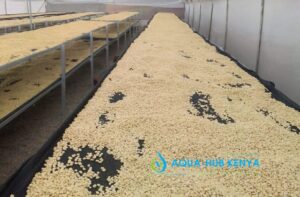
Coffee solar dryers can either be a wooden or metallic dryer structure with the normal features of a solar dryer. However, the structure normally takes a bigger ventilation and a higher drying capacity. This is because coffee is a commercial product, and most growers are large scale.
The basic parts of a coffee solar dryer include.
- Wooden frames – offer support.
- Polythene sheet (UV treated 200 microns) – for heat insulation and sunlight penetration.
- Ventilation – Covered with insect nets to allow for aeration.
- Floor – Covered with black insulation material to absorb and prevent heat loss.
- Fans – to enhance air exchange and temperature regulation.
- Drying chamber – Vacuum with shelves that hold coffee beans for drying.
Moisture Content in Coffee
Harvested coffee berries have a moisture level ranging between 55- 65 percent.
The moisture level in dried coffee berries is between 10 -14 percent. At this moisture level, coffee cannot attract bacteria and other organisms.
Coffee Drying Stages
Coffee has different stages of drying depending on the species. Most common species such as arabica and Robusta takes the following phases to completely dry:
- Brown or medium brown stage – moisture level between 45 -55 %.
- White Stage – the first stage with a high moisture content. Introduction to the dryer. The moisture content is 35-44 %.
- Soft Black Stage – Stage with a moisture level of between 23 – 34 %.
- Medium Black Stage – when coffee has turned black with moisture of 15 – 22 %.
- Hard Black Stage – Last stage where coffee has finally turned completely black and moisture of 10-14 %.
Cost of Coffee Solar-Dryers by Aqua Hub
The cost of a coffee dryer depends on the size, materials, and design of the solar dryer. Generally, a metallic solar dryer is more expensive than a wooden solar dryer. However, both types are effective, but the difference only comes to durability where metallic are more durable than wooden solar dryers. The prices for the common available sizes are shown below. We also deal in custom sizes that are suitable to the measurements of the client.
| Solar Dryer size | Cost ( KES) |
| 3 x 3 x 2 | 150,000 |
| 3 x 5 x 2 | 190,000 |
Where to Purchase or Outsource Solar Dryers Construction Services
Aqua Hub Kenya.
We can help you design various solar dryer structures; vent, tunnel, wooden or hybrid (special type) depending on your budget. We always do a site visit to check on the site suitability and offer advice.
Call us on: 0790719020
You can also email: info@aquahubkenya.co.ke.

